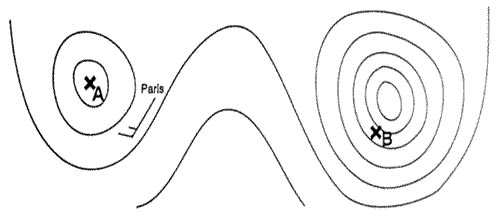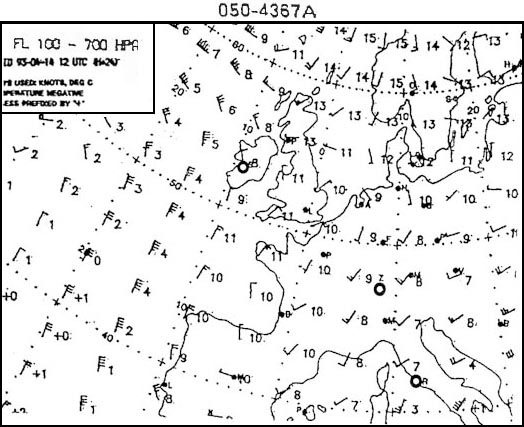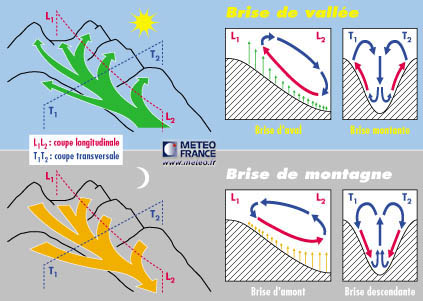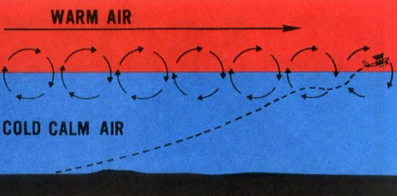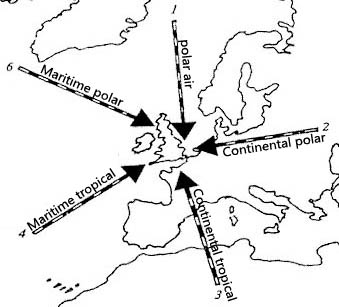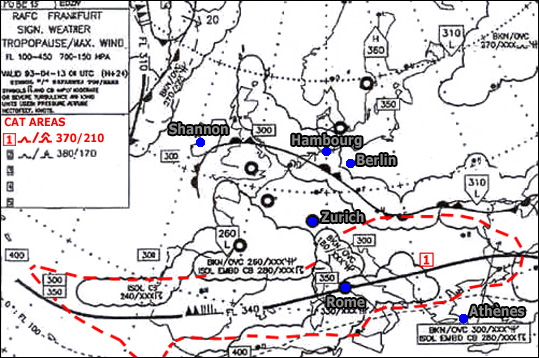Question 215-1 : An aeroplane is following a terminal procedure requiring the use of rnp 1 the following message appears on the navigation display nd accompanied by an aural signal 'nav accur downgrad'what is the significance of this message ? [ Preparation civilian ]
The navigation accuracy is less than required accuracy of +/ 1 nm
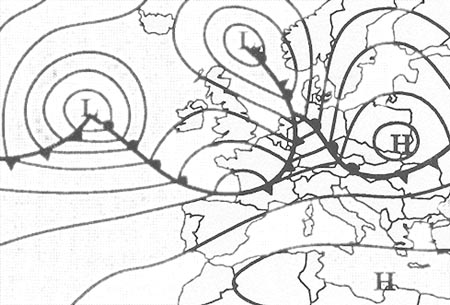
Question 215-2 : Within the pbn concept how can 'accuracy' be defined ?
A comparison between the required position and the true position
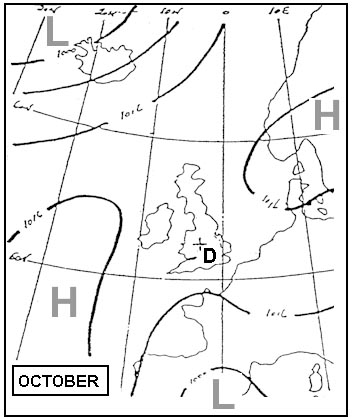
Question 215-3 : Within pbn operations what is the make up of the 'total system error' tse .pde = path definition error . .fte = flight technical error . .nse = navigation system error ?
Pde + fte + nse
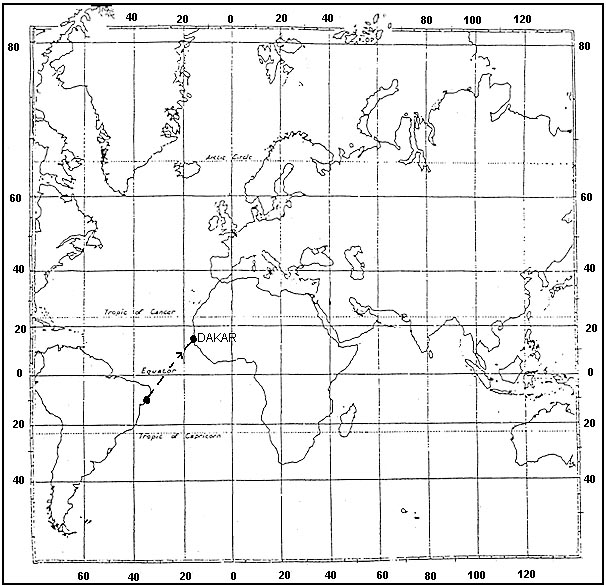
Question 215-4 : Within the performance based navigation concept rnp requires on board performance monitoring and alerting an advanced navigation system such as a flight management system fms will assess its own position and calculate an estimated position error epe how can this be achieved ?
The fms will use several sources of navigation information and depending on their expected accuracy create a comparison between these position data and the fms position
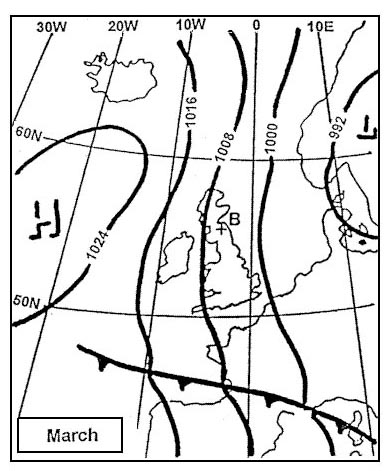
Question 215-5 : Icao doc 9613 pbn manual defines a set of navigation specifications applicable to different airspace concepts which navigation specifications may a pilot expect to be under in the north atlantic high level airspace nat hla ?
Rnav 10 / rnp 10 and rnp 4 only
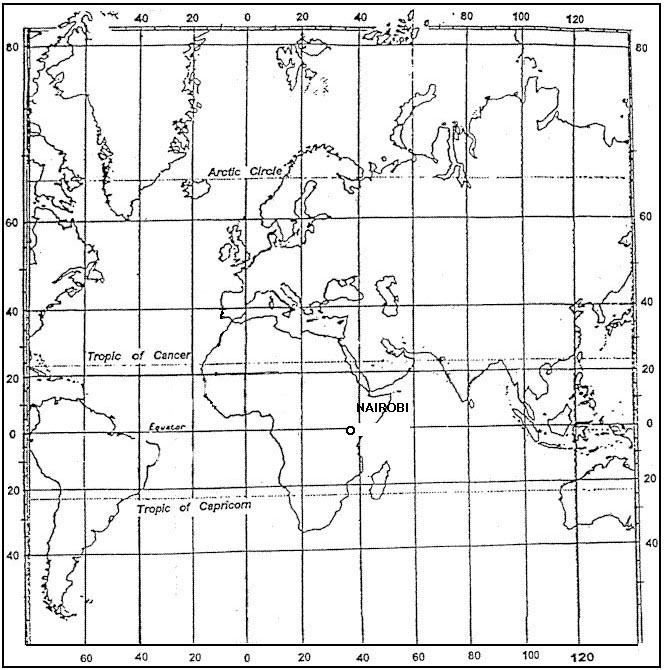
Question 215-6 : Within the pbn concept what is the flight technical error ?
It is part of the total system error which relates to the air crew or autopilot's ability to follow the defined path or track including any display error
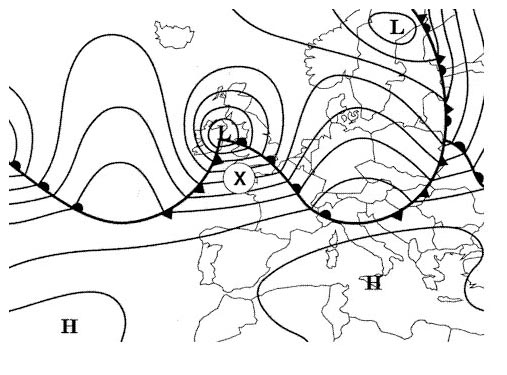
Question 215-7 : A pilot is planning to fly an rnp 1 star standard terminal arrival but notices that one of the waypoints is missing in the fms readout of the procedure when comparing to the chart it appears that due to an error the missing waypoint is not defined in the fms database as a result of this error the ?
Not fly the planned procedure and must request an alternative star
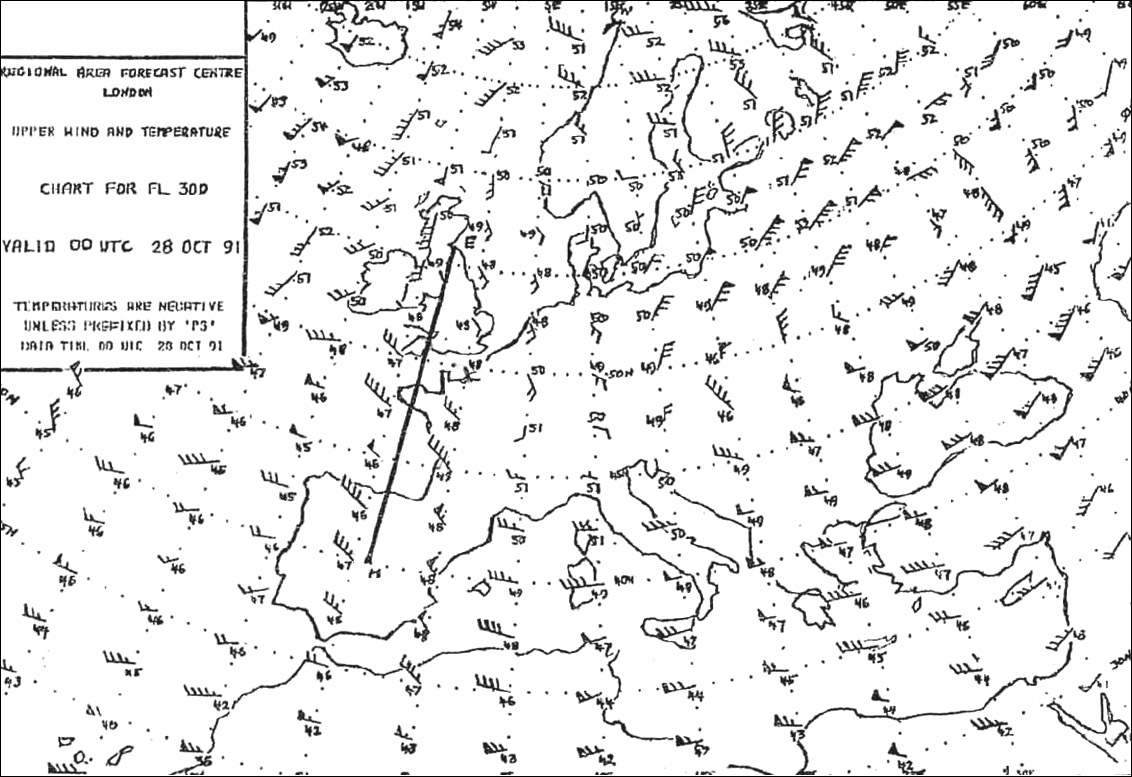
Question 215-8 : Within the pbn concept 'availability' is a measure of the ability of the system to provide usable services within the specified coverage area it is defined as ?
The percentage of time during which the system is to be used for navigation during which reliable navigation information is presented
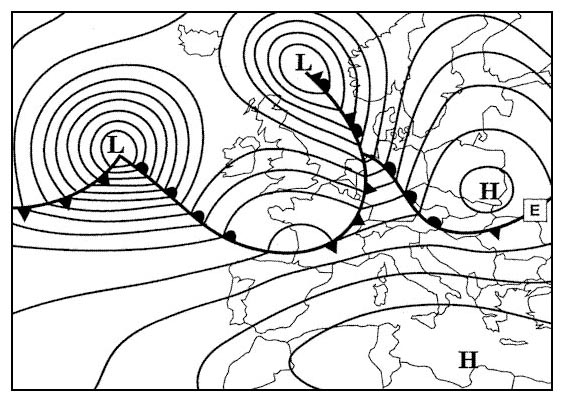
Question 215-9 : You are flying in imc at night above the 73°north latitude because of the high latitude and the gnss satellite positions you elect to fly an rnp apch to lnav/vnav minima based on barometric vnav with gnss horizontal guidance the minimum published temperature for the approach is 8°c and your ?
The wrong vnav barometric data for the given conditions is being used
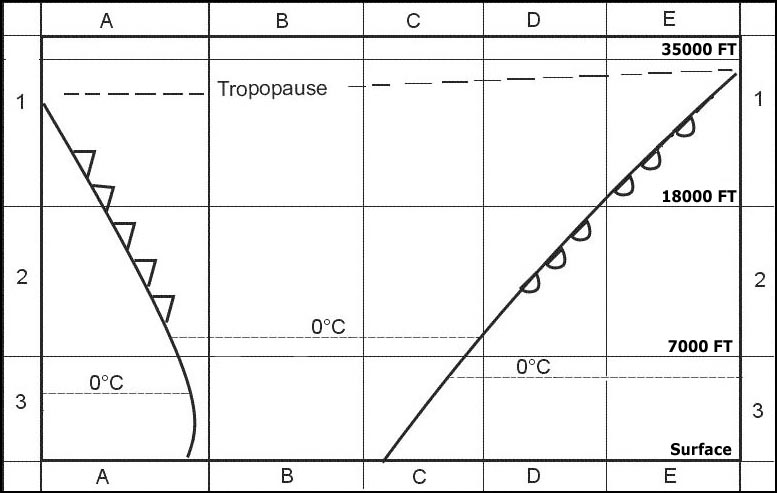
Question 215-10 : Why is temperature correction important on the approach ?
Cold temperatures cause a decrease in the effective glide path angle
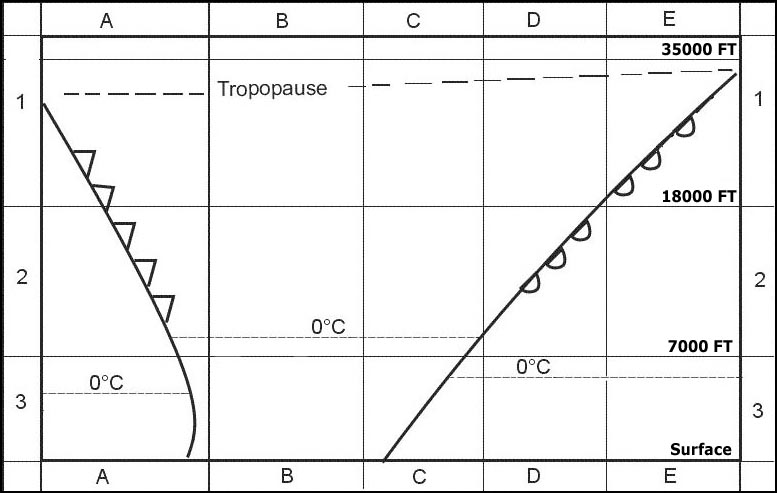
Question 215-11 : A helicopter crew are to fly in rnp 2 airspace what must they be aware of to make this flight ?
The helicopter and the crew must be approved to fly in rnp 2 airspace
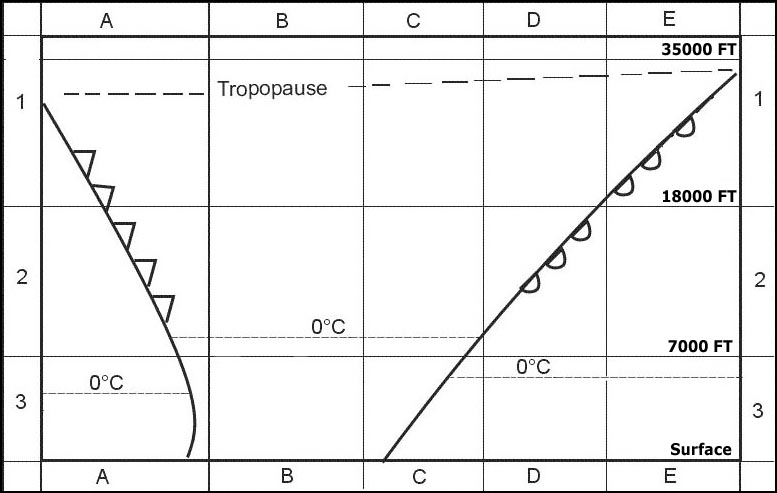
Question 215-12 : Aircraft 1 is flying using a pbn navigation specification aircraft 2 is flying based on conventional navigation aids one of the main differences between the aeroplanes is that aircraft 1 ?
Is using computed data instead of raw data
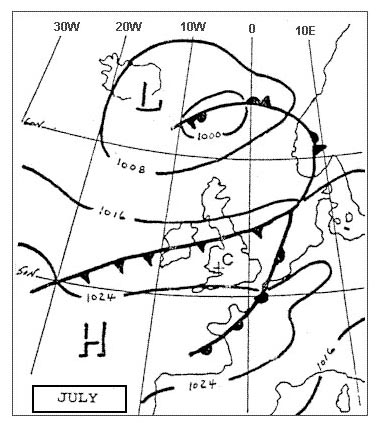
Question 215-13 : You are approaching an aerodrome on an rnp apch to lnav/vnav minima using baro vnav the approach has a minimum temperature of 8ºc the oat is +10ºc during final approach atc tells you to go around immediately due to loss of terrain separation what could have happened ?
You made a mistake inputting barometric data
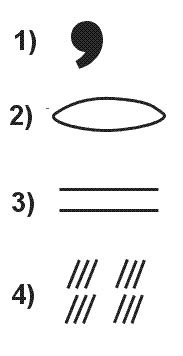
Question 215-14 : An aircraft is approved for rnp apch will this mean that it is automatically approved for rnp 2 why ?
No because the aircraft may not meet all requirements for rnp 2 approval
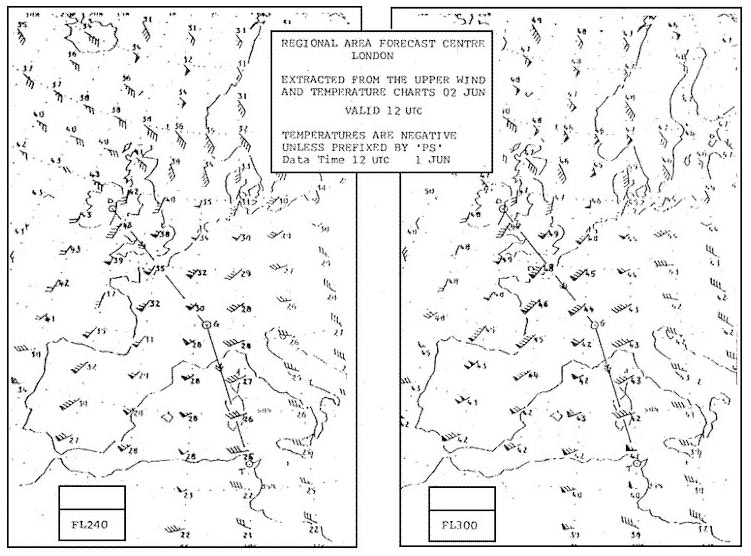
Question 215-15 : Regarding the pbn specification rnp ar apch what requires specific authorisation ?
The published instrument approach
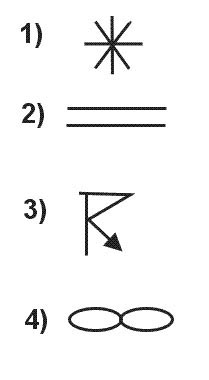
Question 215-16 : An aircraft plans to fly an rnp apch to lnav/vnav minima based on barometric vnav in which segment s of the approach can temperature compensation systems with an airworthiness approval provide corrections to the baro vnav guidance ?
Final approach segment

Question 215-17 : A flight crew is in the cruise preparing to fly an rnp apch which of the following should they do .1 load the procedure from a valid aircraft navigation database .2 individually insert each waypoint's coordinates into the navigation system .3 cross check the waypoint sequence with a valid approach ?
1 and 3
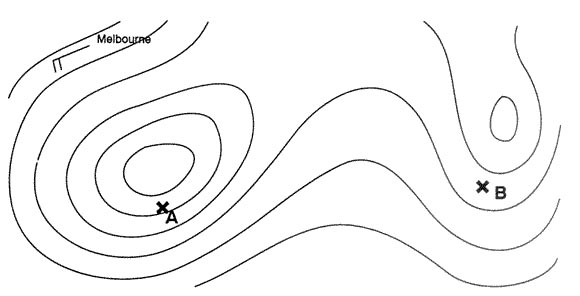
Question 215-18 : During flight a pilot is alerted that the aircraft's anp is greater than the rnp the aircraft's navigational accuracy 1 within acceptable limits as navigational accuracy is defined as the difference between the required aircraft position and its 2 position ?
1 is not 2 true
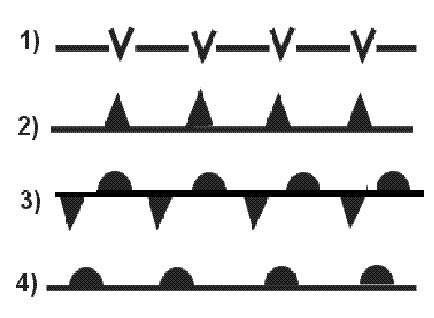
Question 215-19 : A student pilot wants to practise an rnp apch to lpv minima in the planning phase the pilot finds out he/she needs a fas data block fas db what is the fas data block used for it is used to ?
Describe the final approach path both laterally and vertically
Question 215-20 : Your aircraft is approved for rnp apch lnav therefore it will automatically also be approved for rnp2 operations as they require a lower level of accuracy to rnp apch lnav is this statement correct ?
No as the aircraft may fail to meet all the functional requirements for rnp2 a separate approval for rnp 2 is necessary
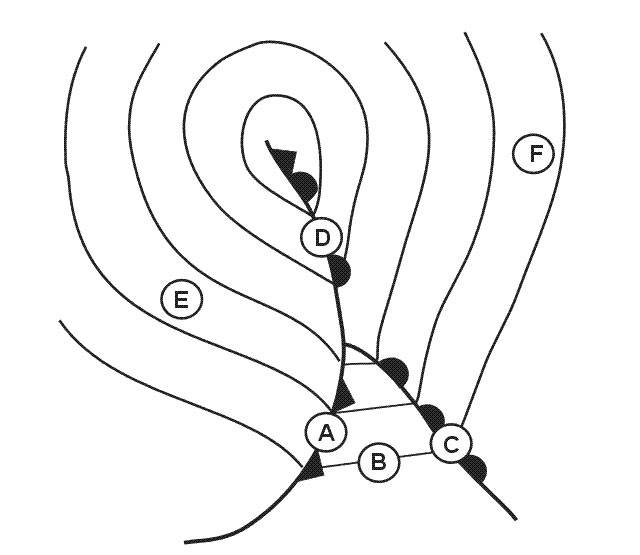
Question 215-21 : For pbn operations what is true regarding fly by turns and fly over turns ?
The fly by turn can be used in rnp flight tracks but fly over turns are excluded
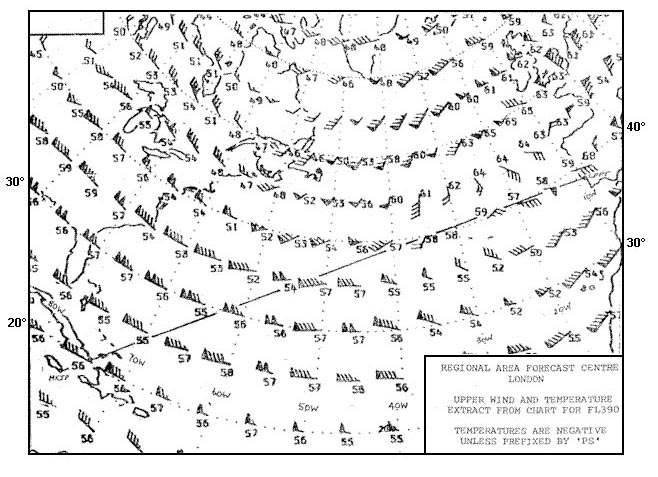
Question 215-22 : Your aircraft is approved to conduct rnp app can you fly rnp 2 ?
No because your aircraft may not have the requeriments for rnp 2
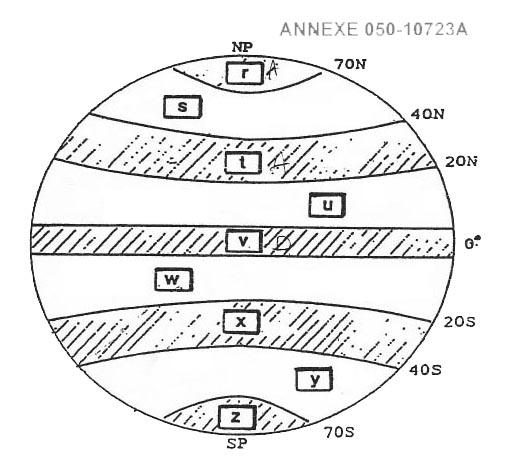
Question 215-23 : What pbn will be used for north atlantic high level operations nat hla ?
Rnav10/rnp 10 rnp4 only
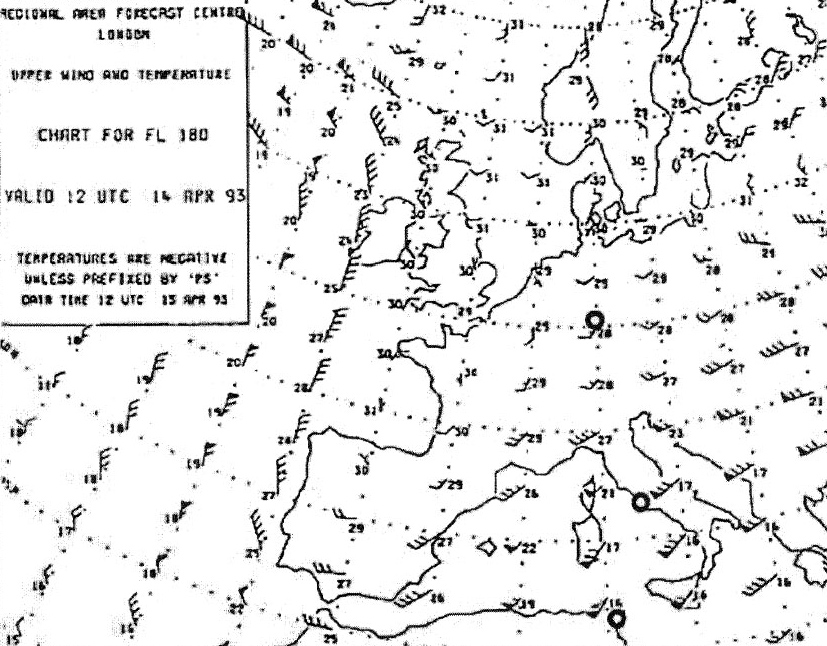
Question 215-24 : An aircraft not equipped with temperature compensating system is executing an rnp apch to a baro vnav minimum the minimum temperature to execute the procedure tmin is 8°c the temperature at the airport is +10°c the pilots have set the appropriate fms settings based on the charts of the approach ?
Incorrect altimeter setting leading to the aircraft being lower than indicated
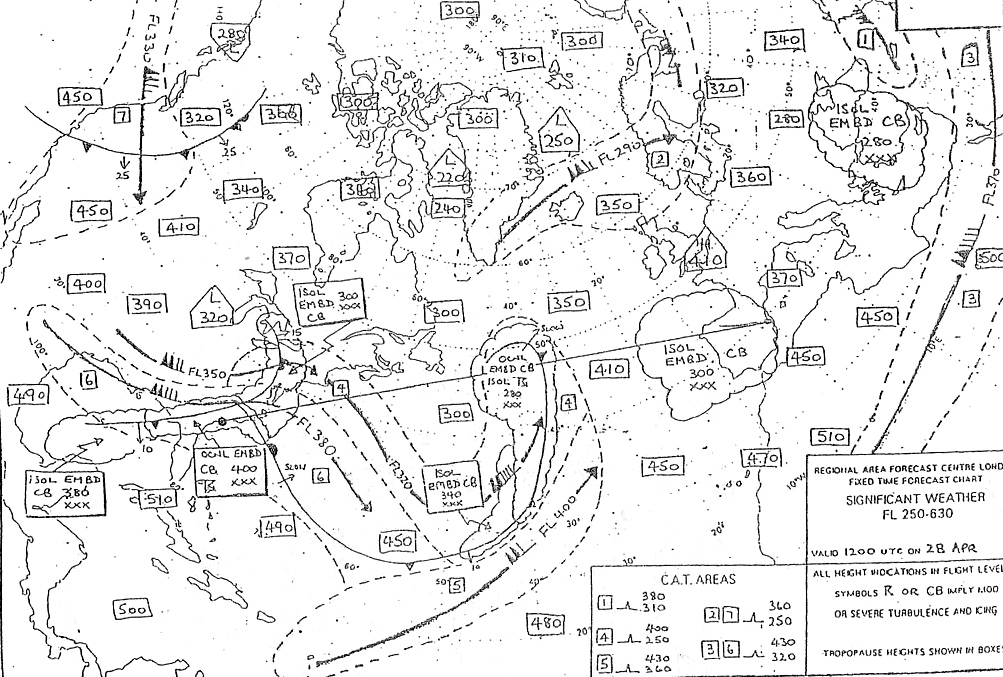
Question 215-25 : According to icao doc 9613 rnav 5 is a navigation specification that only applies to ?
En route continental navigation and arrival outside 30 nm and above msa
Question 215-26 : What is the correct technique to choose a route for rnav sid/star ?
Enter the name of the route
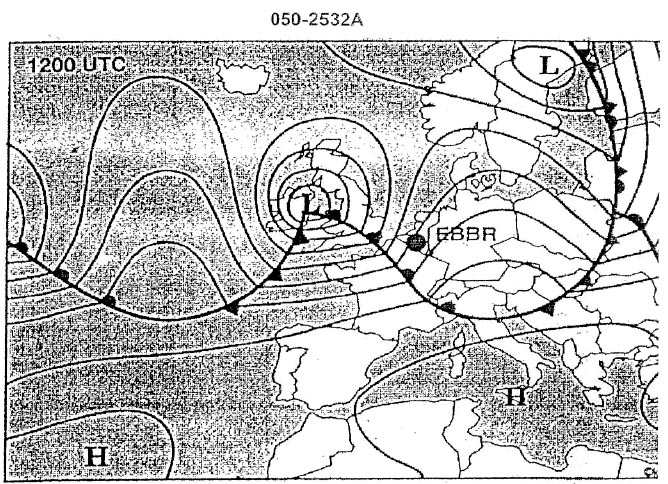
Question 215-27 : According to icao doc 9613 a specific form of fixed radius path frp is designed for utilization in en route procedures this particular frp relies on the rnp system to establish the fixed radius turn between two route segments in icao terminology this form of frp is referred to as ?
Fix radius transition frt
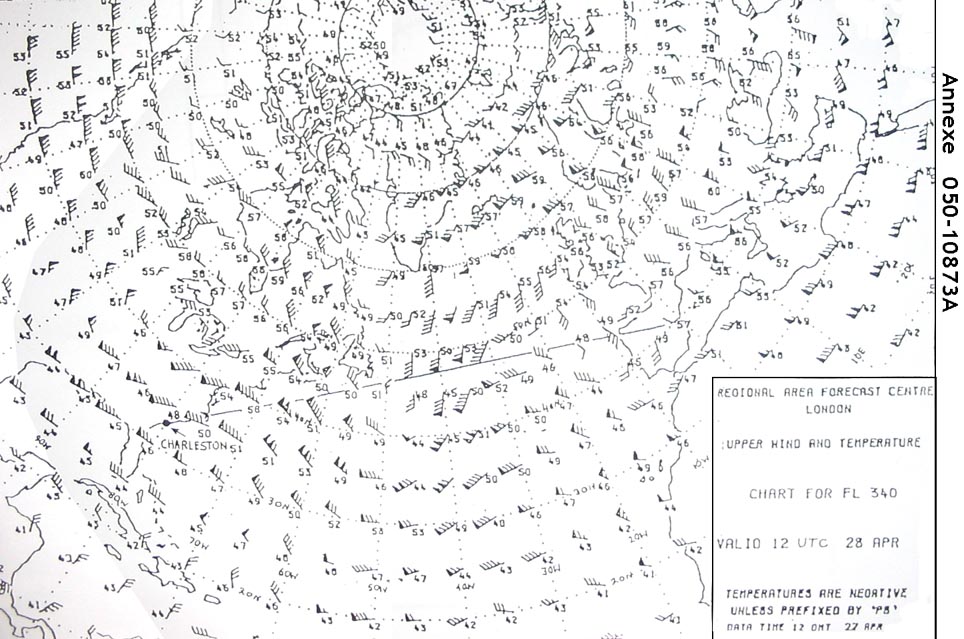
Question 215-28 : For terminal & en route phases of flight pbn is limited to ?
Lateral navigation
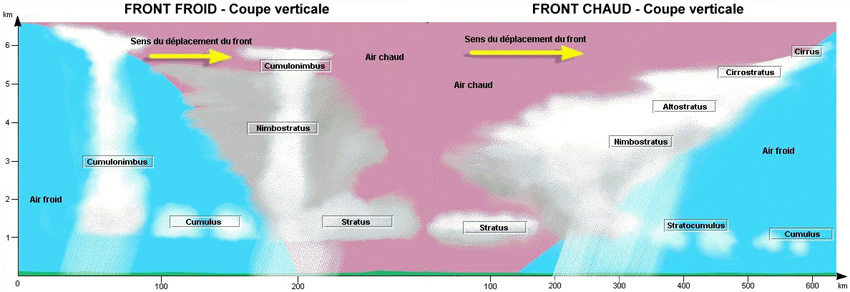
Question 215-29 : What is the correct statement regarding baro vnav ?
Cold temperature reduces the effective glide path angle

Question 215-30 : Which of the following requires fas data block ?
A rnp approach
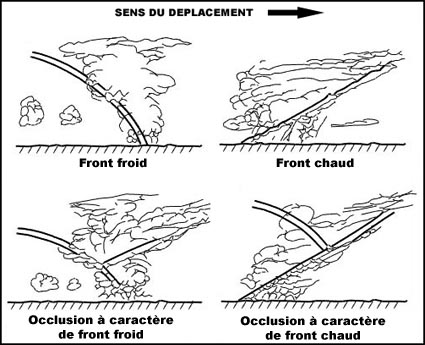
Question 215-31 : An aircraft equipped with rnav 1 navigation specifications is cleared by the atc to execute a standard instrument departure sid that requires rnp 1 equipment the pilot is not qualified for rnp 1 procedures and the aircraft is not equipped with rnp 1 what should the pilot do ?
Advise atc that he/she is unable to comply and should request a different sid
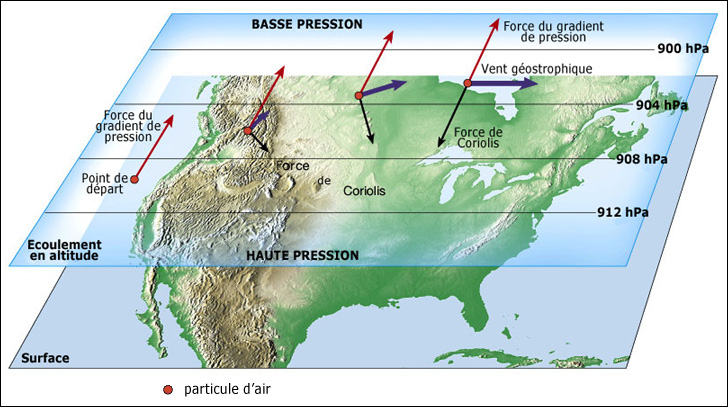
Question 215-32 : With a rnp aircraft automatically meets the requirements for ?
Rnp 2 and rnp 1
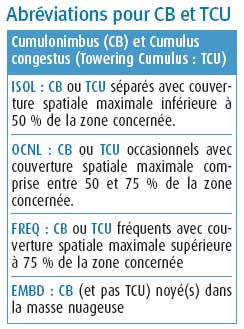
Question 215-33 : When leaving the mnps oceanic control area for a domestic controlled area the pilot has to ?
Question 215-34 : Long range flights and etops.a polar stereographic chart has a grid printed over it which is parallel to the meridian 054°w with grid north in the direction of the north geographic pole an aircraft is following a true course of 330° at position 80°n 140°e its grid heading gh with this system ?
Question 215-35 : Long range flights and etops.on a polar stereographic chart whose grid is parallel with the greenwich meridian in the direction of the true north pole the true orientation of the great circle linking point 62°n 010°e to point 66°n 050°w is 305° the grid route at the starting point of this ?
295°
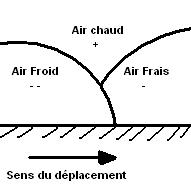
Question 215-36 : Long range flights and etops.the chart is a south polar stereographic projection of the antarctic regions a grid printed over it is aligned with meridian 180° the grid north is pointing in the direction of the geographic north non standard grid .the grid course followed by the aircraft is rg=280° ?
Question 215-37 : Long range flights and etops.in mnps airspace the speed reference for turbo jet aircraft is the ?
Question 215-38 : Ops regulation.according to ops the minimum number of crash axes or crowbars on board an aeroplane whose maximum approved passenger seating configuration is 200 is ?
1
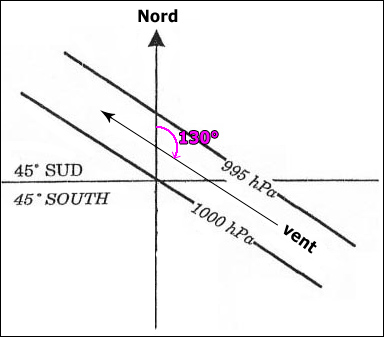
Question 215-39 : A category i precision approach cat i has ?
A decision height equal to at least 200 ft
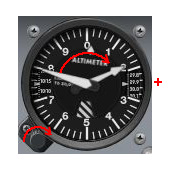
Question 215-40 : Long range flights and etops.aircraft may operate in mnps airspace along a number of special routes if the aircraft is equipped with at least ?
One long range navigation system lrns
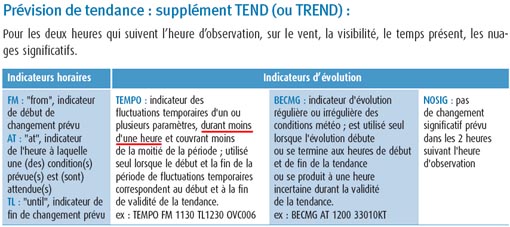
~
Exclusive rights reserved. Reproduction prohibited under penalty of prosecution.
8559 Free Training Exam

